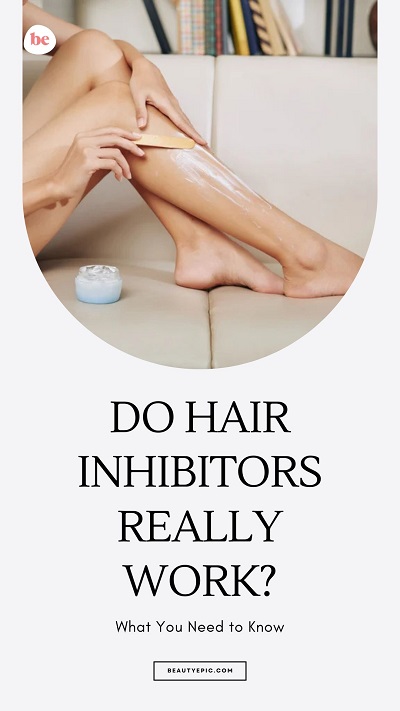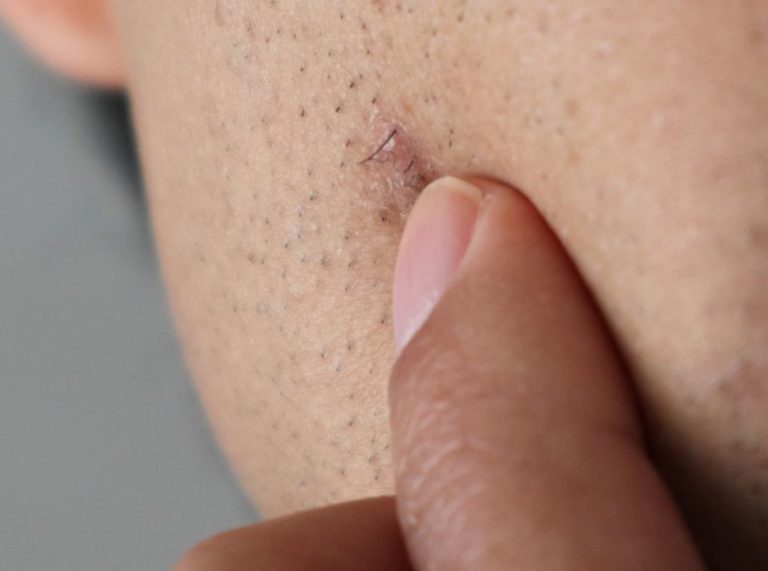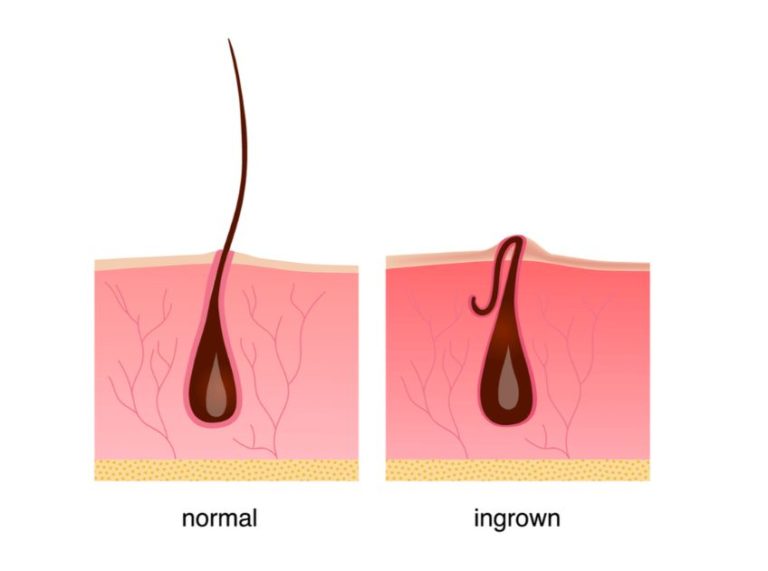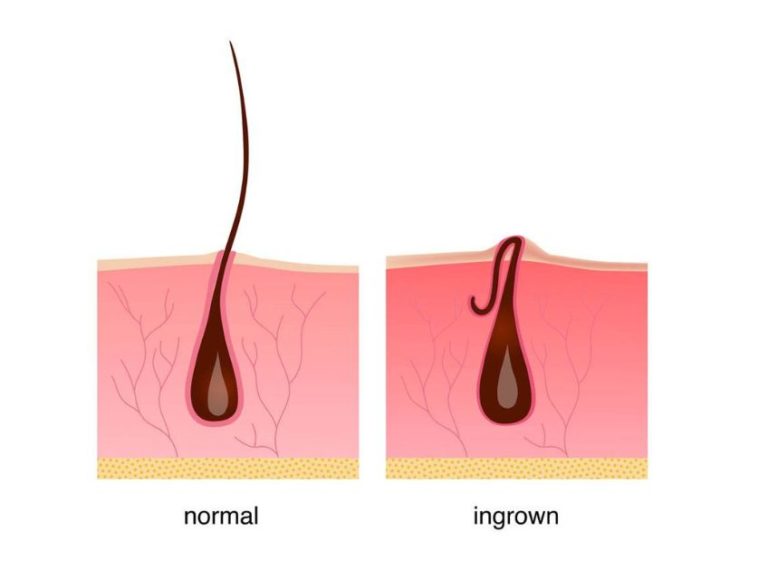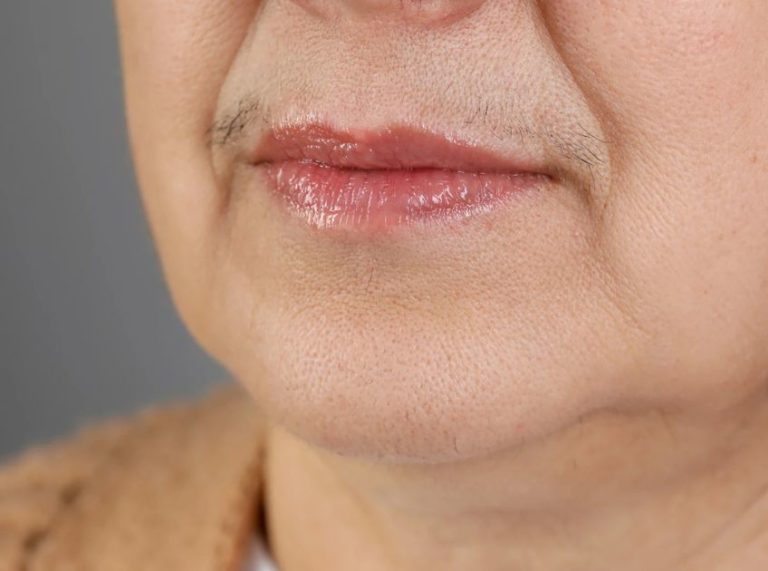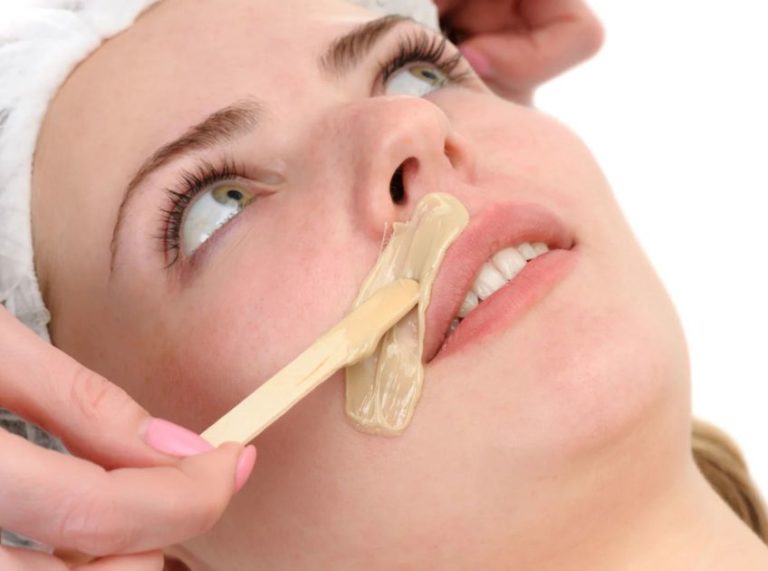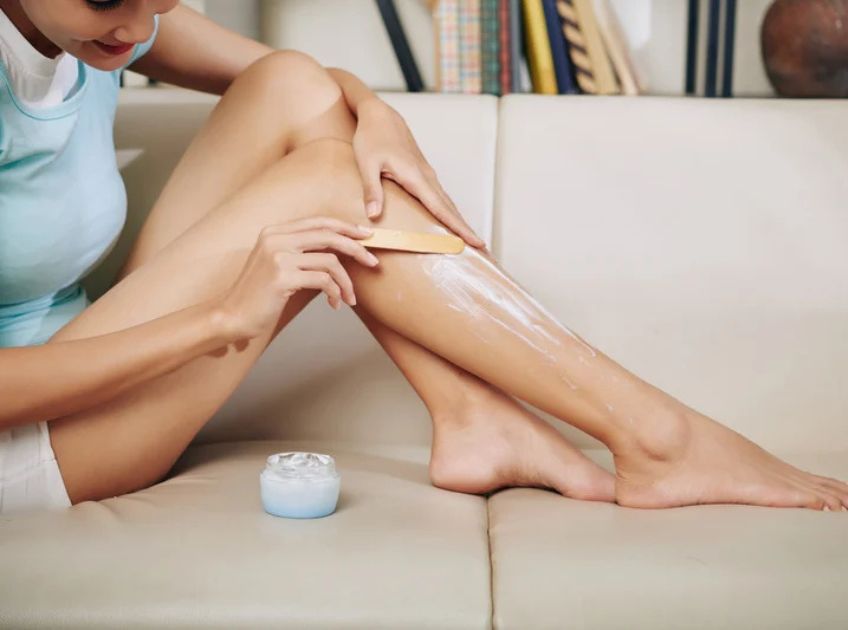
Important: This article is for informational purposes only. Please read our full disclaimer for more details.
Tired of constant shaving, waxing, or tweezing? Hair inhibitors have gained buzz as a more long-term, low-maintenance way to slow down unwanted hair growth. But do hair inhibitors work—or are they just another beauty industry gimmick? This post dives deep into the science, effectiveness, and realistic expectations of using hair inhibitors.
What Are Hair Growth Inhibitors?
Hair inhibitors are topical products—like creams, serums, sprays, or oils—designed to slow down or reduce hair regrowth after you’ve removed the hair (e.g., by shaving, waxing, or epilating). Unlike hair removal creams that dissolve hair immediately, inhibitors target the regrowth phase of the hair cycle.
They typically contain ingredients believed to interfere with hair follicle activity or weaken the roots over time.
How Do Hair Inhibitors Work?
Hair inhibitors work by penetrating the hair follicle and disrupting the growth phase (anagen phase) of the hair cycle. Here’s a simplified breakdown of how they may affect hair growth:
- Absorption: After hair removal, the inhibitor is applied to freshly opened follicles.
- Active action: Ingredients like natural enzymes (e.g., papain, soy extract) or plant oils claim to weaken the hair shaft and follicle wall.
- Slowed regrowth: Over consistent use, hair becomes finer, lighter, and slower to return.
- Potential reduction: Some users report areas with little to no regrowth after months of continued application.
This mechanism is not permanent hair removal, but rather gradual hair minimization.
What Does the Science Say?
While research on hair inhibitors is still emerging, a few studies provide some backing:
- A 2007 study published in the Journal of Dermatological Treatment found that a topical soy-based inhibitor led to a noticeable reduction in hair density after regular use for 3 months. (1)
- Papain, derived from papaya, has shown proteolytic properties, which may break down the hair follicle structure over time.
- A 2012 study in Phytotherapy Research reviewed turmeric-based compounds that slowed body hair growth when applied post-waxing (2).
However, many of these studies were small-scale, and product formulations vary widely. So, while some ingredients show promise, results can differ based on your hair type, usage consistency, and skin sensitivity.
Pros and Cons of Using Hair Inhibitors
Pros
- Gradual reduction in hair regrowth
- Less irritation than waxing or shaving
- Easy to use and non-invasive
- Often infused with soothing, hydrating ingredients
Cons
- Requires long-term commitment (daily application for months)
- Not effective for everyone
- May irritate sensitive skin
- Doesn’t eliminate hair
Are Hair Inhibitors Safe?
Most hair inhibitors are formulated with gentle ingredients such as aloe vera, plant extracts, or essential oils. However, some users may experience:
- Mild irritation or itching
- Breakouts if the product is too oily
- Allergic reactions to specific botanical extracts
Patch testing is highly recommended before full application, especially on sensitive areas like the face or bikini line.
Who Are Hair Inhibitors Best For?
Hair inhibitors may work best for:
- People with fine to medium hair types
- Those looking to reduce the frequency of hair removal
- Individuals seeking non-invasive, pain-free alternatives
- People who are consistent with their skincare routines
Those with very thick, coarse hair or hormonal imbalances (e.g., PCOS) may not see dramatic results.
How to Use Hair Inhibitors Properly
To get the best results, follow these steps:
- Remove hair by root (waxing, epilating, tweezing) – this opens the follicle
- Apply the inhibitor immediately after hair removal
- Massage gently until fully absorbed
- Repeat daily on the treated area for at least 4–8 weeks
- Avoid harsh exfoliants or alcohol-based products in the same area
Most products need consistent use over 2–3 months to show visible change.
Realistic Results: What Should You Expect?
Hair inhibitors are not miracle products. They won’t stop hair overnight or work like laser hair removal. But with diligent use:
- Hair may grow back finer and softer
- Slower regrowth can reduce how often you shave or wax
- Some people see patchy hair reduction in certain areas
Remember, results depend on your body’s biology and how regularly you apply the product.
Key Takeaways
- Hair inhibitors are topical products aimed at slowing regrowth, not removing hair.
- They may reduce hair density and thickness over time
- Scientific support is limited but promising for certain natural ingredients
- Best results come with consistent application and patience
- They are safe for most skin types with proper patch testing
Frequently Asked Questions (FAQ’S)
1. Can hair inhibitors be used on the face?
A. Yes, many are formulated for facial use, especially around the upper lip and chin. Always choose a product labeled for facial skin and do a patch test.
2. How long do I have to use a hair inhibitor to see results?
A. Most users need to apply the product daily for at least 6–8 weeks to see a noticeable change in regrowth.
3. Do hair inhibitors work on coarse or thick hair?
A. They may work, but results tend to be less dramatic on thick or coarse hair. Combining inhibitors with waxing or epilating improves the chances of success.
Final Thoughts
If you’re looking for a gentle, gradual solution to reduce hair regrowth, hair inhibitors may be worth a try, especially if you’re not ready for expensive options like laser. While results can vary, many users find them helpful in slowing hair return, making grooming routines less frequent and less irritating.
As with any beauty product, consistency is key, and managing expectations will help you stay on track. Patch test, monitor your progress, and if in doubt, consult a dermatologist for the best course of action.
